One of the most common, and most popular ingredients in salad dressings mix, different sauces, and slow-roasted dishes is wine vinegar. Whether it’s red or white is a matter of personal taste.
One reason for its ubiquity is how easy you can find it. Head to most stores anda number vinegars will be waiting for you. However, nothing beats a homemade version of wine vinegar Vinegar making!
How to make your own wine vinegar
Vinegar making – All you need to start the fermentation process of making white wine vinegar is a good-quality bottle of leftover wine that is not too strong (around 10 to 11 percent ABV). If the wine is too strong, the alcohol will inhibit the bacteria that work on transforming the wine into vinegar or acetic acid.
If the alcohol content is too low, then the vinegar will not keep well. How much alcohol you use depends on how much white wine vinegar you want to make.
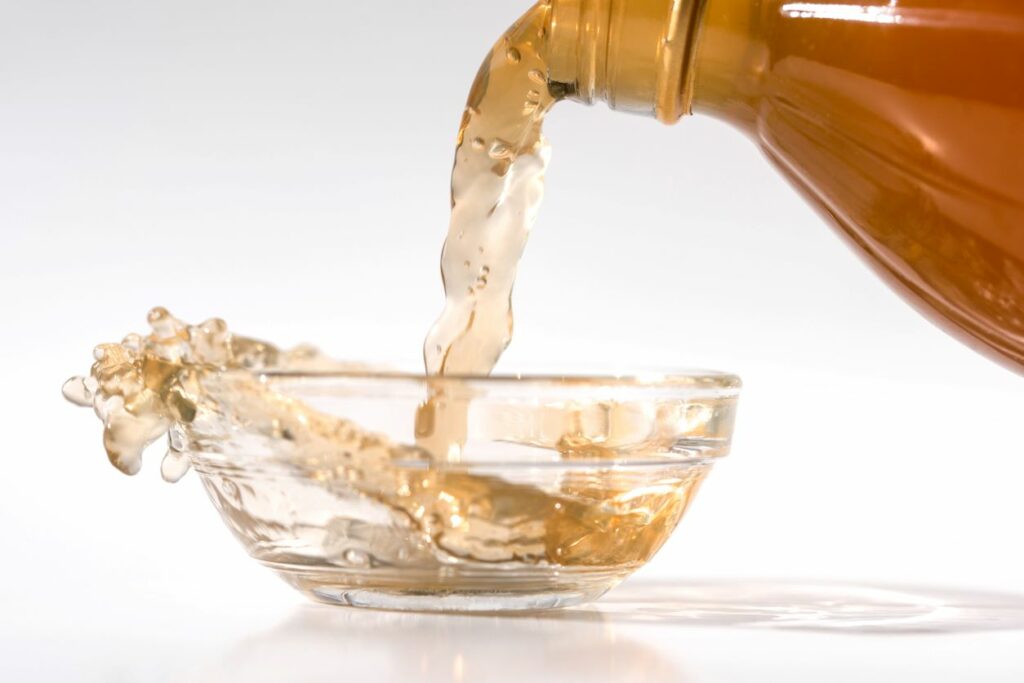
If you’re ready and armed with wine, let’s take a look at the process below so you can start adding your homemade cider vinegar to an array of tasty dishes.
Making white wine vinegar
To begin making your own vinegar at home, start by selecting a high-quality white wine that you enjoy. The flavor of the wine will greatly influence the final taste of the vinegar. Pour the wine into a wide-mouthed glass or ceramic container and cover it with a clean cloth secured with a rubber band. Let the container sit in a dark, warm place for several weeks to allow natural fermentation to occur.
During this fermentation process, beneficial bacteria will convert the alcohol into acetic acid, which is what gives vinegar its distinctive tangy flavor. Ensure that your container is not sealed completely as air exposure is vital for the conversion process.
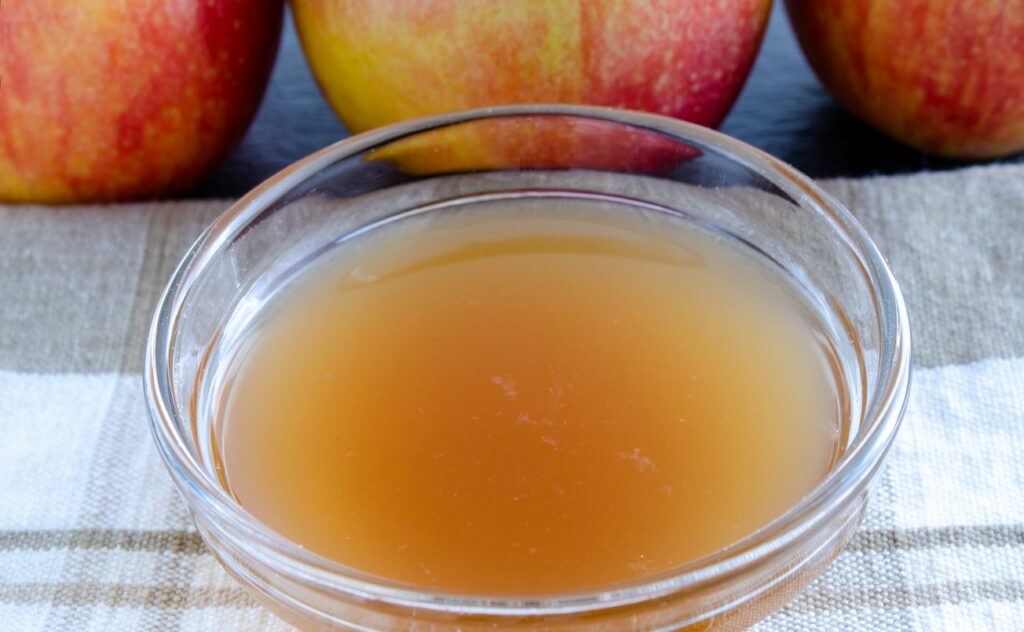
Taste your vinegar periodically to determine when it has reached your desired level of acidity. Once ready, strain out any solids and transfer the liquid to sterilized glass bottles for storage. Enjoy experimenting with different types of white wines and exploring unique flavors in homemade unpasteurized vinegar!
Mother of vinegar – vinegar starter
The mother of vinegar is a slimy, gelatinous substance that forms naturally during the fermentation process. It is composed of acetic acid bacteria and cellulose, giving it a unique texture and appearance. This mother culture is responsible for converting alcohol into vinegar through aerobic fermentation.
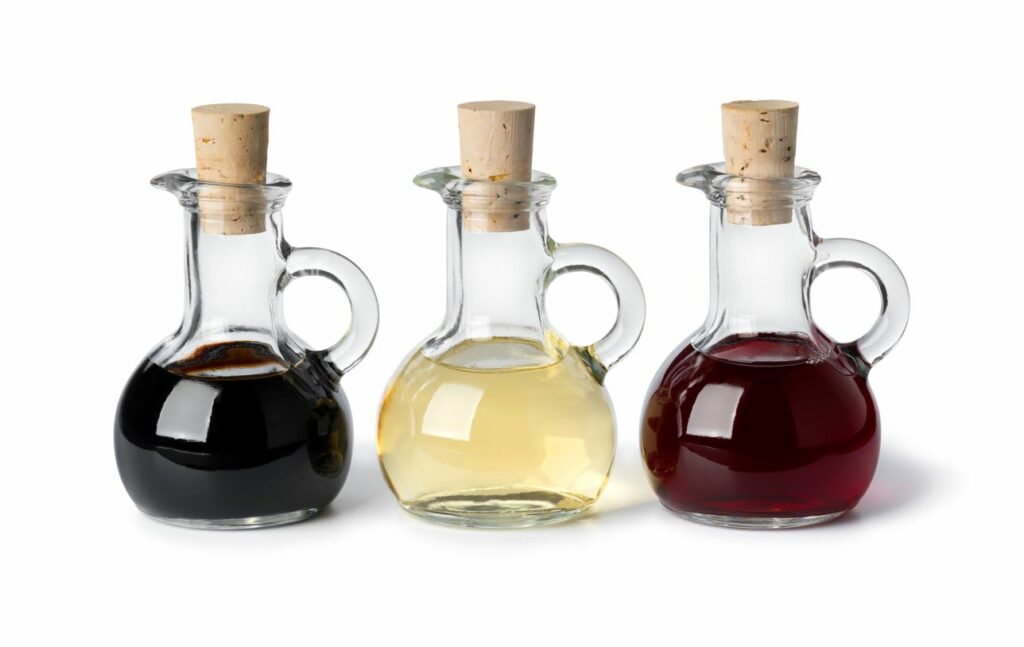
Interestingly, the presence of the mother of vinegar in homemade vinegar indicates that the product is unpasteurized and contains beneficial probiotics. Its complex microbial makeup contributes to the distinct flavor profile and health benefits associated with raw, unfiltered vinegar products. Embracing the mother culture as a natural part of the fermentation process enriches our understanding and appreciation of traditional food preservation techniques.
Continuous Production of white wine vinegar
If you’re in need of a continuous supply of white wine vinegar, you should pour 1 quart (4 cups) of wine and 1 cup of mother vinegar into a 1-gallon or more wide-mouthed glass jug.
Once the mixture is inside the jar, you need to cover the container with a cheesecloth and secure it with a rubber band. The cheesecloth acts as a barrier and stops fruit flies or other bugs from getting into the bottle. It also allows oxygen in for the oxidation process to take place.
Wait a couple of weeks and the live vinegar should have settled at the bottom of your jug. The vinegar that sits above should now be ready for use. As you remove the vinegar for use, add more white wine to ensure the level of the jug remains constant.

If you want to make even larger batches of white wine vinegar, you will need a glass or ceramic cask with at least a 1-gallon capacity and a spigot on one end. If the cask is new, rinse with vinegar and allow it to dry.
Once dried, fill the cask to within a few inches of the top with wine. Cover with cheesecloth and strap down to a rubber band and leave in a place that’s around 68 degrees Fahrenheit (20 degrees Celsius). Under your kitchen sink or in your pantry are ideal locations.
After a couple of weeks, your wine should be vinegar. However, for the best results, we recommend leaving the cask lie for around 12 weeks. After 3 weeks, inspect your vinegar for any gelatinous film. This is the new mother vinegar.
Do not disturb this layer as it can agitate the bacteria that creates wine vinegar. If there is no sign of gelatinous film, the wine is not turning into vinegar. This usually happens when you use pasteurized vinegar as the starter.
If this is the case, we’re sorry to say that you should throw it out and start the process all over again but this time, with live vinegar.
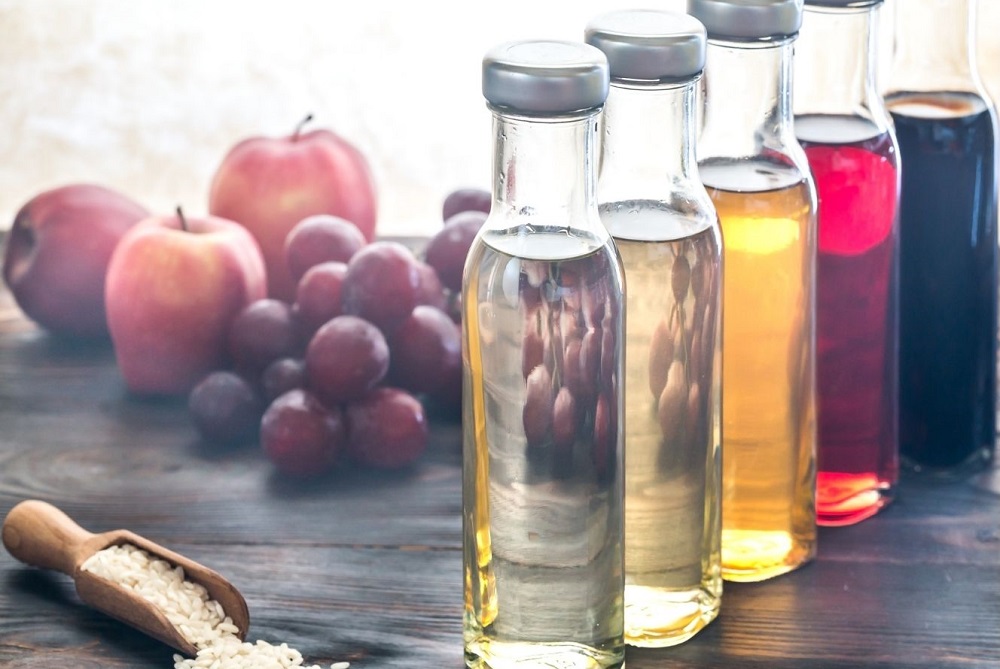
After one month, start tasting the vinegar periodically. Using a spoon, just push aside the mother vinegar gently. You should be met with an acidic, bright taste. If it’s not ready, gently replace the mother vinegar and allow for continued fermentation.
Drain the wine from the cask using the spigot. Then, replace the used vinegar with more wine. Add this leftover wine into the cask using a funnel or a hose. This is to leave the mother vinegar undisturbed.
The wonderful thing about vinegar making recipes is that you can put those half-empty bottles of wine that are lying around your kitchen and fridge to good use. With a little patience, you can have white vinegar ready for your side salads without spending too much (apart from the bottle of wine).
Universal wine vinegar recipe
Ingredients:
- White wine
- Mother of vinegar
Instructions:
- Pour the white wine into a clean glass container.
- Add the mother of vinegar to the wine and stir gently.
- Cover the container with a clean cloth or paper towel and secure with a rubber band.
- Place the container in a warm, dark place for 2-3 weeks, stirring occasionally.
- Taste test the vinegar until desired acidity is reached.
- Strain out any solids and transfer the vinegar to a clean bottle for storage.
Storing your white wine vinegar vinegar
Find a secondary storage container. This should be heat-proof and made from either glass or ceramic with an airtight lid or cork. Some examples include mason jars with lids, a corked glass beaker, or an empty vinegar container.
You need to sterilize your container with hot water and dish soap. Bring a pot of water to a boil and submerge the container in the pot for 10 minutes. Next, wait for it to dry completely.
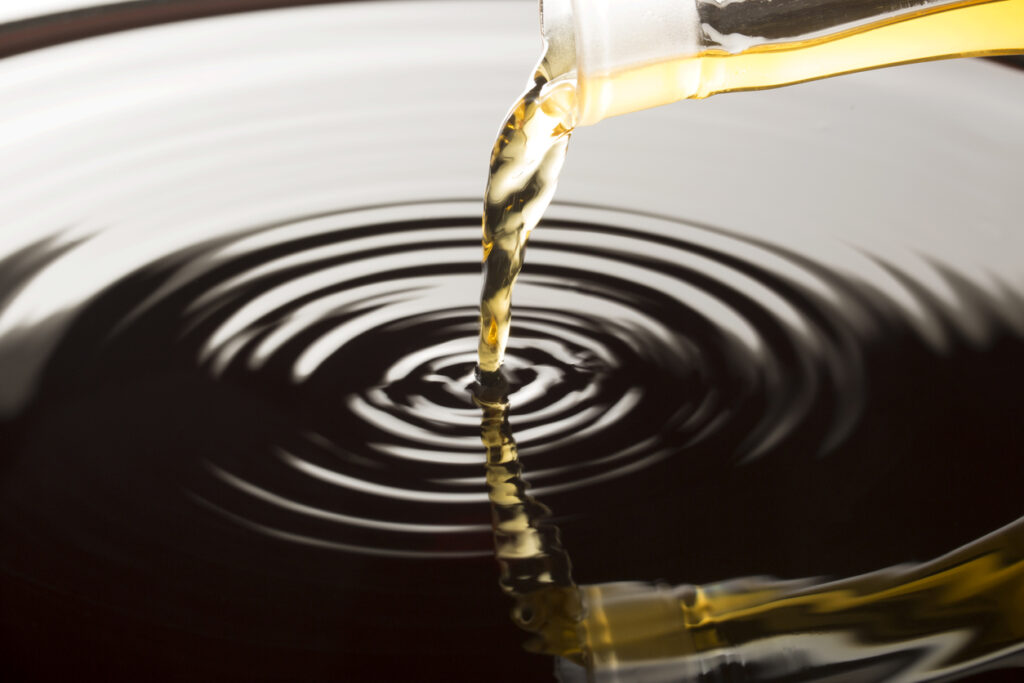
Next, simply pour the vinegar into your storage container using a funnel to siphon it. The more vinegar you have, the more containers you’ll need. Store in a cool, dark place for up to a year and enjoy your homemade white wine vinegar.
White wine vinegar vs red wine vinegar
White wine vinegar and red wine vinegar are both versatile and flavorful additions to any kitchen, but they each bring their own unique characteristics to the table. White wine vinegar is milder and slightly sweeter compared to its red counterpart, making it a popular choice for delicate dishes like salads or light sauces. On the other hand, red wine vinegar has a bolder flavor with more complexity, adding depth and richness to dishes like marinades or braised meats.
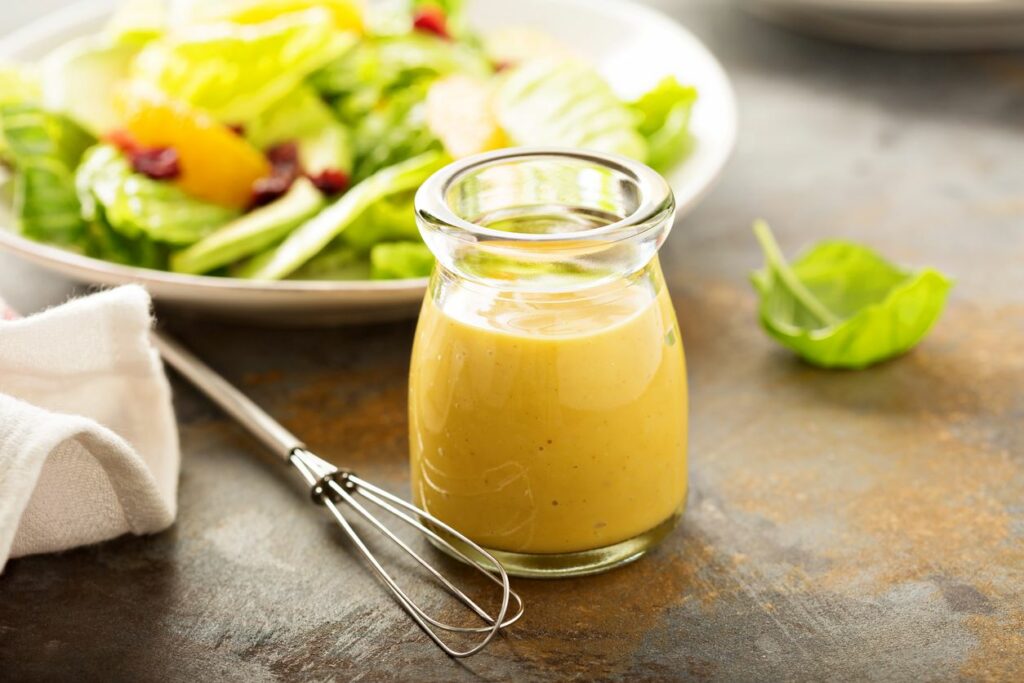
Interestingly, the color of the vinegars isn’t just for show – it actually comes from the type of grapes used in the fermentation process. White wine vinegar is typically made from white grapes, while red wine vinegar is derived from red or purple grapes. This subtle difference in grape variety contributes to the distinct flavors of each vinegar. Whether you prefer the subtle sweetness of white wine vinegar or the robust tanginess of red wine vinegar, both options offer a delicious way to elevate your culinary creations.
Alternatives to White Wine Vinegar
One alternative to white wine vinegar that can add a unique twist to your dishes is apple cider vinegar. Known for its slightly sweet and fruity flavor, apple cider vinegar works well in dressings, marinades, and sauces. It also boasts potential health benefits like aiding digestion and improving blood sugar levels.
Another interesting alternative to white wine vinegar is rice vinegar, which offers a milder taste profile with a hint of sweetness. Commonly used in Asian cuisine, rice vinegar adds a delicate touch to salads, stir-fries, and sushi rice. Its subtle flavor makes it versatile enough to use in both savory and sweet recipes, making it a great addition to any pantry.
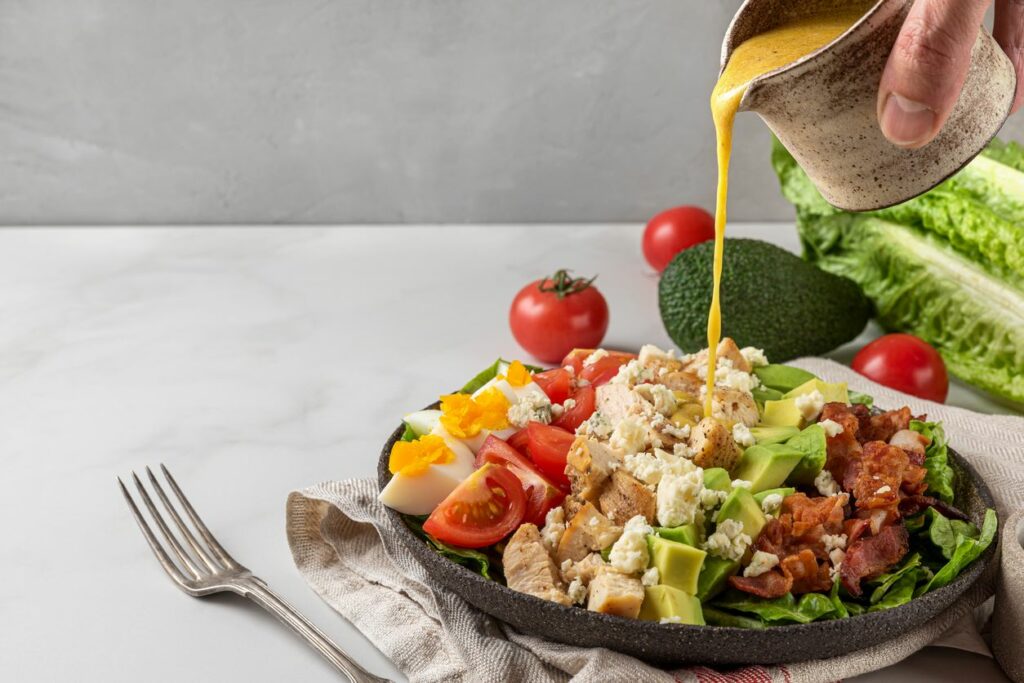
White wine vinegar in sauces
White wine vinegar plays a crucial role in enhancing the flavor profile of sauces, particularly vinaigrettes. Its delicate tanginess adds depth and complexity to dressings, creating a harmonious balance of flavors that can elevate any dish. When paired with ingredients like Dijon mustard, the acidity of white wine vinegar cuts through the richness of the mustard, resulting in a creamy and flavorful sauce that is both bright and satisfying.
One interesting fact about white wine vinegar in sauces is its ability to emulsify ingredients, helping create stable emulsions in vinaigrettes. This allows for a smooth texture of your salad dressing that coats salad greens evenly, ensuring every bite is infused with flavor. Additionally, white wine vinegar’s subtle fruitiness can lend a refreshing quality to sauces when used in moderation, adding brightness without overpowering other elements. By incorporating white wine vinegar into your sauce recipes, you can unlock new dimensions of taste and bring a touch of sophistication to your culinary creations.

